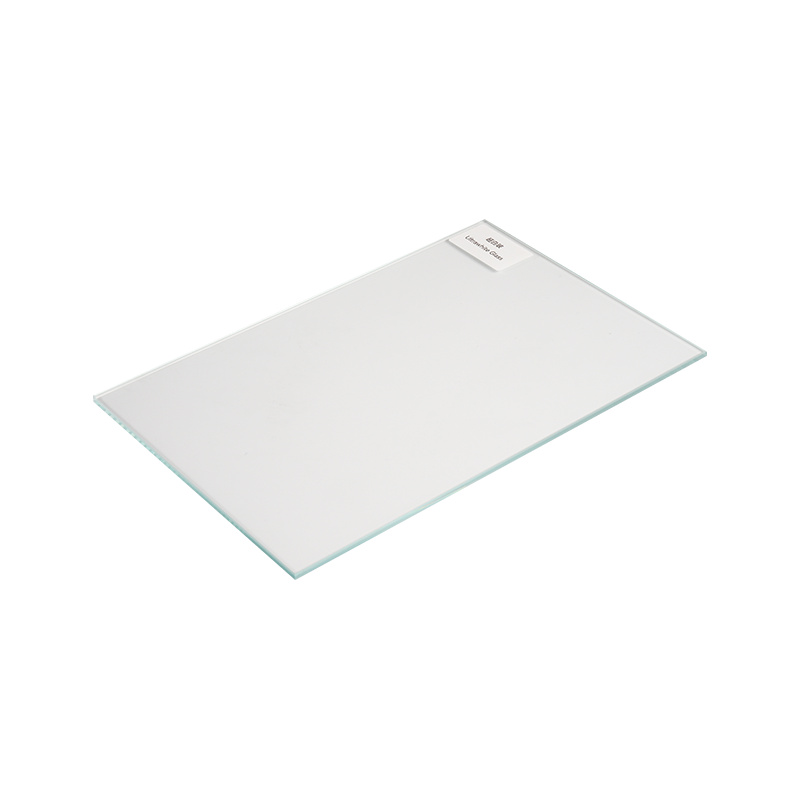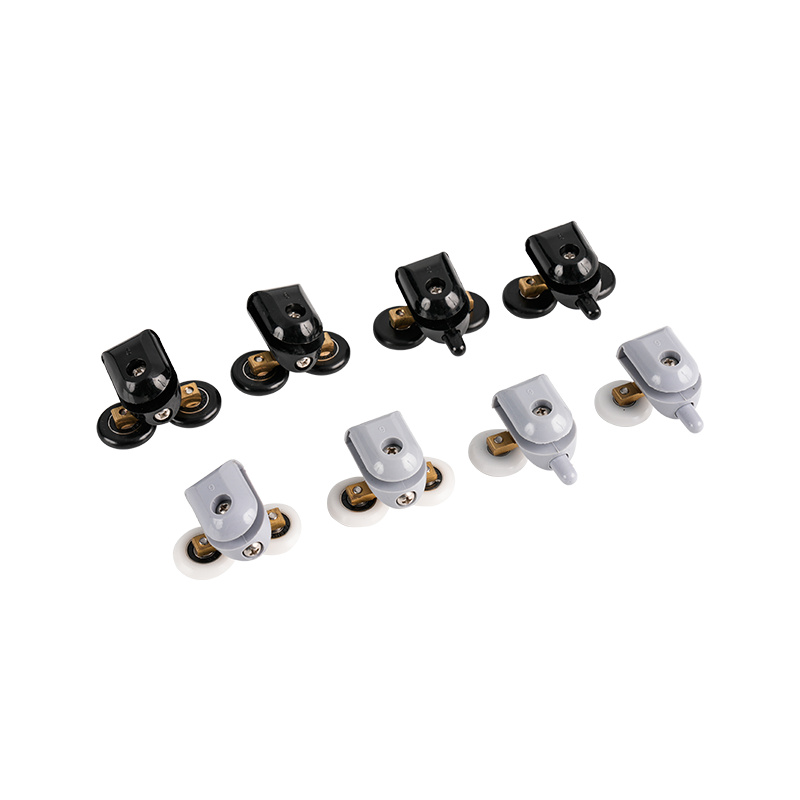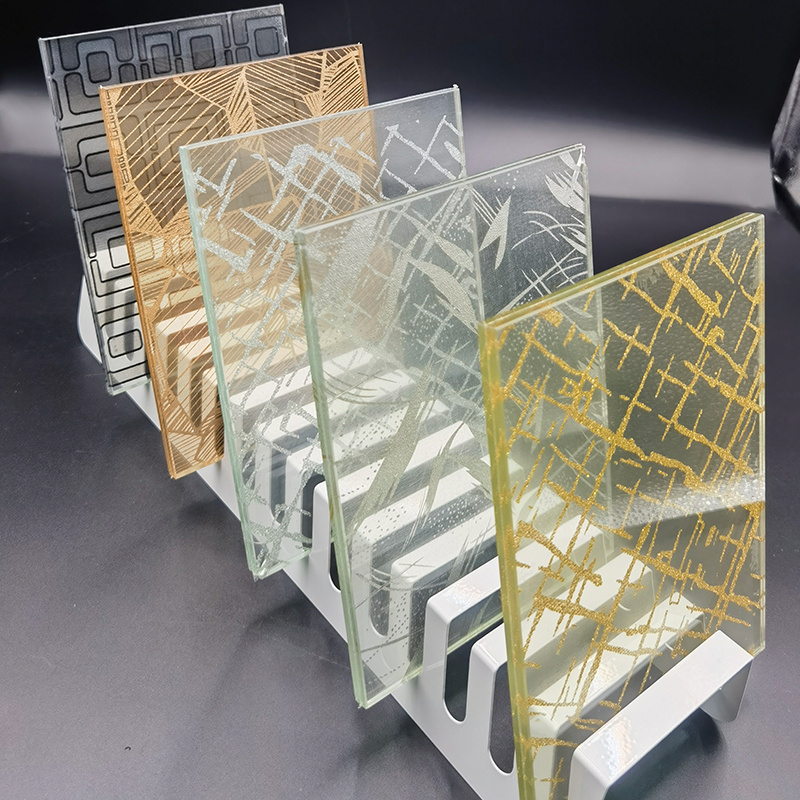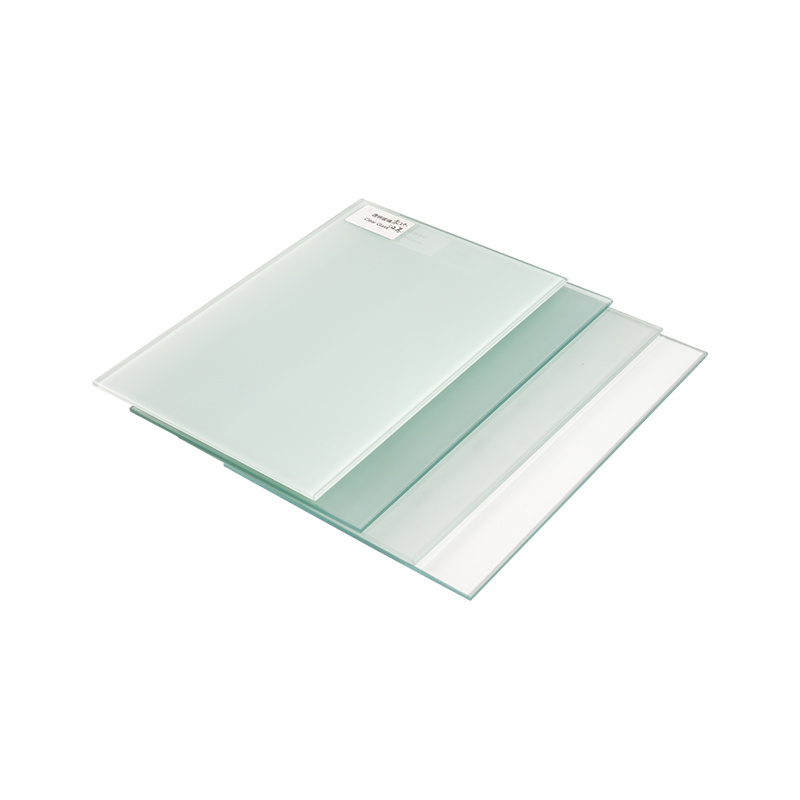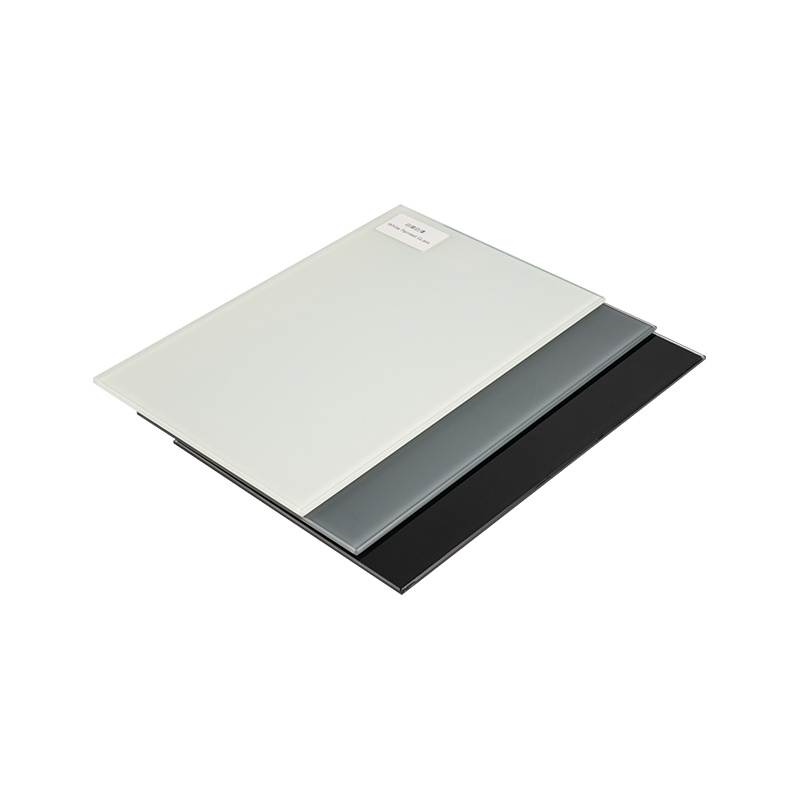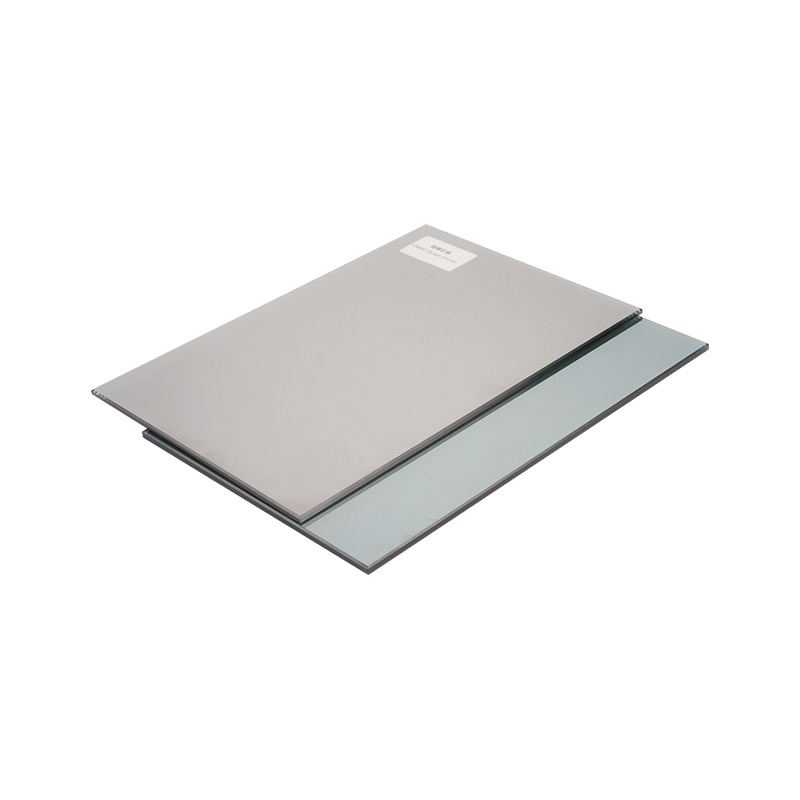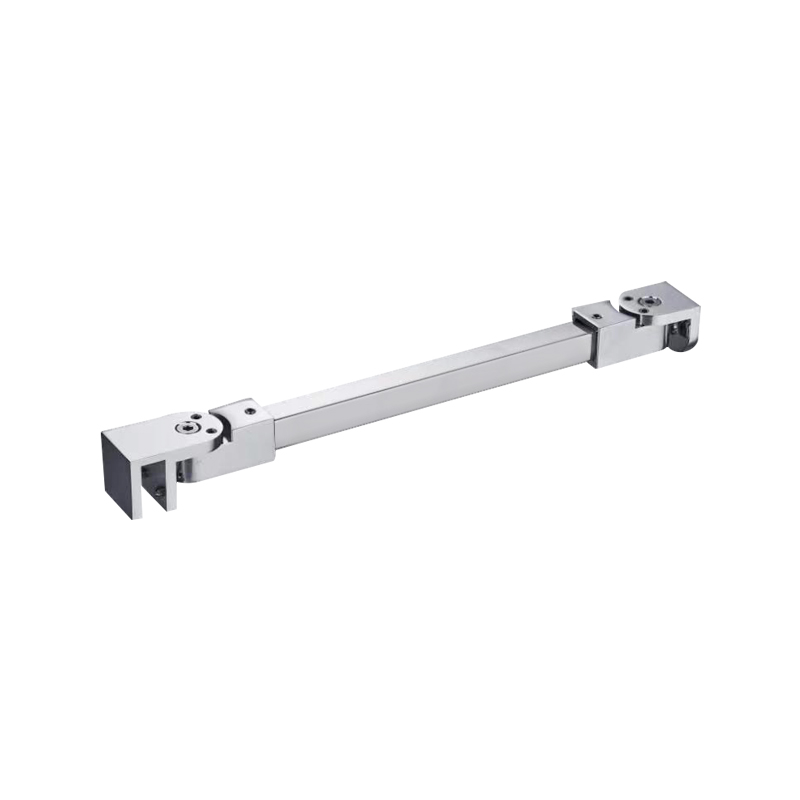In modern home design, although the bathroom door is not the most conspicuous element, it is an important part of determining the overall style, comfort and functionality. A good bathroom door not only bears the basic functions of separating space and protecting privacy, but also has a profound impact on the entire home environment in terms of practicality, moisture resistance and aesthetics. With the continuous improvement of people's quality of life, the design and selection of bathroom doors have gradually developed from simple "blocking" to a higher level of "integration of art and technology".
The material selection of bathroom doors is the key among the keys. The common wooden doors in traditional families are widely used because of their warm and natural appearance, but in a humid environment, wooden doors are very easy to deform, mold, and even rot. Therefore, modern bathroom door materials tend to be glass, aluminum alloy, plastic steel, PVC composite board, etc. These materials not only have good waterproof and moisture-proof properties, but also can effectively resist the expansion and contraction problems caused by temperature differences. In particular, tempered glass doors are favored by many designers and users for their transparency and modernity. Visually, this material can make the bathroom appear more open and bright. At the same time, through frosting, sandblasting or coating, the glass door can also maintain privacy well.
In addition to the material, the way the bathroom door is opened also affects the space utilization and daily convenience. Sliding doors are widely used in small apartments because of their space-saving advantages, while swing doors are better in terms of sealing and are more suitable for shower areas with higher requirements for waterproofness.
From a style perspective, the design of bathroom doors is no longer limited to functionality itself, but has become a visual extension connecting bathroom space and living space. Minimalist black-framed glass doors, primary aluminum alloy doors in industrial style, and wood-grained PVC doors common in Nordic style, these diverse styles not only meet the pursuit of beauty of different users, but also reflect the trend of personalized home furnishings. In terms of color matching, the choice of bathroom doors should also be coordinated with bathroom products such as floor tiles, wall tiles, and bathroom cabinets. For example, dark-toned door bodies can form a calm aura with marble-grained tiles, while white or gray-toned door surfaces can create a clean and relaxing bathing atmosphere.
The safety of bathroom doors is also a dimension that cannot be ignored. Especially for families with elderly people or children, the material of the door body needs to avoid sharp edges and corners, and the glass door should use tempered glass with a safety explosion-proof film to avoid accidental injuries when it breaks. At the same time, the quality of door locks and hinges also directly affects the service life and user experience. High-quality sealing strip design can not only improve the waterproofness of the door, but also effectively isolate the moisture and odor inside the bathroom, keeping the indoor air fresh.
Modern people's demand for the use of bathroom space is far more than just "cleaning the body". It has gradually evolved into a private relaxation corner, a place to relieve stress and restore the body and mind. Therefore, as the first boundary to this space, the bathroom door is increasingly valued for its integration of design aesthetics, material science and functional engineering. A well-designed and well-selected bathroom door can not only optimize the home use experience, but also reflect the owner's pursuit of quality of life.



 中文简体
中文简体